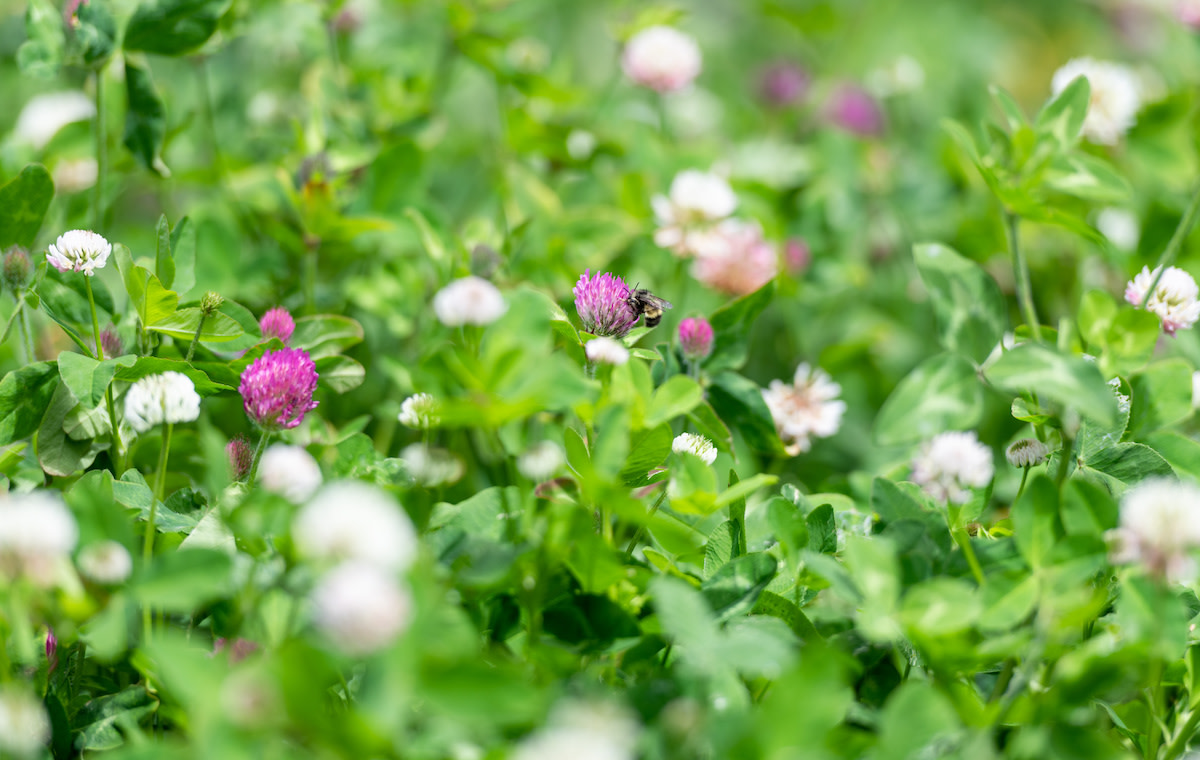8 Grass Alternatives for a Low-Maintenance Lawn
Written by MasterClass
Last updated: Oct 26, 2021 • 3 min read
Grass alternatives are low-maintenance lawn options that can enhance the landscape design of your yard.
Learn From the Best
What Are Grass Alternatives?
Grass alternatives, or lawn alternatives, are landscaping options that use materials other than traditional grass. Grass alternatives use plants, rocks, and synthetic materials to enhance the landscape design of a yard. Homeowners typically choose grass alternatives to save water and avoid spending time maintaining a grass lawn.
4 Pros and Cons of Using Grass Alternatives
Grass alternatives have a variety of advantages and disadvantages.
- 1. Grass alternatives require less maintenance. Grass alternatives are a good option for homeowners who want to reduce the amount of time spent on lawn care. Grass alternatives require less upkeep than traditional lawns, which rely on activities like mowing, fertilizing, and applying pesticides or herbicides.
- 2. Grass alternatives are environmentally friendly. Lawns using grass alternatives typically use less water than grass lawns. Although some artificial grass alternatives like turf grass can contribute to environmental waste, most options use fewer resources than traditional lawns.
- 3. Grass alternatives can increase biodiversity in your area. Some grass alternatives include plants that can attract more wildlife and provide more natural habitats than a traditional lawn.
- 4. Grass alternatives can cost time and money. In the long run, you can save money on maintenance with grass alternatives, but the initial investment required to buy and install a grass alternative can be time-consuming and expensive.
8 Grass Alternatives
There are several alternative grass options worth considering. Learn more about different grass alternatives to decide which option is right for your yard.
- 1. Groundcover plants: Groundcover plants require little maintenance and handle a wide variety of soil conditions—including moist soil. Groundcover plants spread across large areas in full sun and partial shade. Some popular groundcover plants include creeping thyme, creeping jenny, and chamomile.
- 2. Wildflowers: This low-maintenance option can attract pollinators and other wildlife to your lawn. Use native plants in your flower beds to compliment your yard. Drought-tolerant wildflowers are a good grass alternative for small areas with access to regular sunlight.
- 3. Mulch: This no-mow option works well around flower beds and trees. Some popular mulch options include pine bark, coco coir, and recycled rubber mulch.
- 4. Clover: Clover is a low-growing perennial plant that requires less water and maintenance than grass. Dutch white clover is a hardy variety that handles poor soil conditions and heavy foot traffic.
- 5. Ornamental grasses: Ornamental grasses are a low-maintenance, drought-resistant option for homeowners. Select an ornamental grass based on which native grasses thrive in your hardiness zone. Sedge is a popular ornamental grass that resembles the look of traditional lawns. Sedge lawns require little to no maintenance and thrive in lush, shady areas with low to moderate foot traffic.
- 6. Artificial grass: Artificial turf grasses require no maintenance and maintain their color year-round. If you want to encourage natural wildlife in your area, consider choosing a natural grass alternative rather than turf grass.
- 7. Rock gardens: Rock gardens are a drought-tolerant option for homeowners in hot, dry climates. To add color and texture to your rock garden, include succulents that thrive in well-draining, sunny areas.
- 8. Moss: This lush grass alternative spreads in poor soil and shady areas. Although it can require some pruning and maintenance, moss uses much less water than grass.
4 Tips for Switching to Grass Alternatives
Consider some of these tips when switching to alternative options for your lawn.
- 1. Design your landscape prior to working on it. To avoid getting stuck in the middle of your lawn replacement project, make sure you have clear plans for what to do with each part of your yard.
- 2. Use a variety of materials. Blend two or three different grass alternatives for a more dynamic yard. Add wildflowers around ornamental grasses. Use groundcover plants on areas with less foot traffic and clover or artificial grass on areas with heavy foot traffic. Get creative with what materials you mix and match to design your ideal lawn.
- 3. Include edible plants. Grow edible plants like figs and berries to add more color and texture to your lawn.
- 4. Install a path or deck. Build a simple wooden deck or pathway for areas with heavy foot traffic. Although most grass alternatives are fairly hardy, a pathway can keep wildflowers and ornamental plants safe while further reducing the area you’ll have to maintain.
Learn More
Grow your own garden with Ron Finley, the self-described "Gangster Gardener." Get the MasterClass Annual Membership and learn how to cultivate fresh herbs and vegetables, keep your house plants alive, and use compost to make your community—and the world—a better place.
